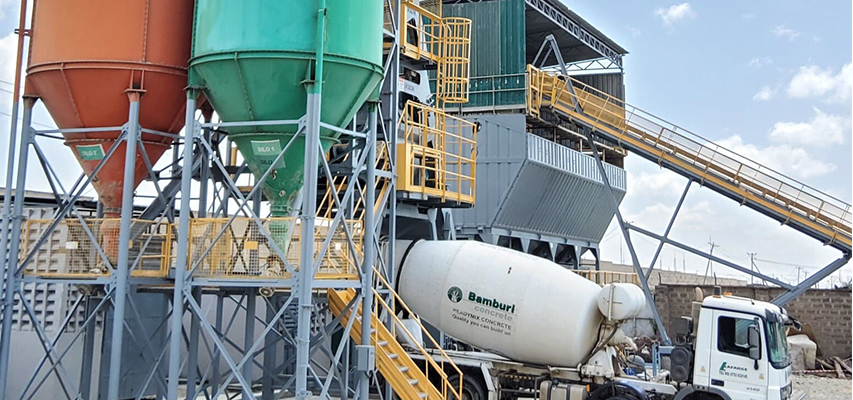
Kenya’s mature and highly developed cement industry is critical to the Big 4 Agenda’s Manufacturing pillar.
Kenya’s cement production includes cement, lime, ballast, roofing tiles, limestone products, concrete products and ceramic tiles. Leaders in cement output are Bamburi Cement Limited National Cement Company, Mombasa Cement, East African Portland Cement Company and Savannah Cement.
The Government’s heavy investment in transformational infrastructure projects raised consumption of locally produced cement. This proved to be very critical, especially during the height of the COVID-19 pandemic shutdowns.
They include major transport projects like the Nairobi Expressway, West-ern Bypass, floating bridge across Likoni- Channel, Mombasa Southern Bypass and the Upper Hill-Raila Odinga Way Link Road among others. The State Department for Housing and the National Housing Corporation (NHC) built 2,332 and 338 units respectively in public residential buildings.
Exports to other countries also helped offset the decline in Kenya’s export of cement products to Uganda and Tanzania, which dropped by 36.6 per cent in 2020, according to information from the National Economic Survey 2021. Cement exported to all other countries rose significantly to 108.5 thousand tonnes in 2020 from 42.0 thousand tonnes in 2019.
Cement production rose significantly by 21.3 per cent to 7,473.6 thousand tonnes in 2020 over a five-year period. Support from the Government helped cement producers expand production., boosting cement consumption and stocks by 20.3 per cent to 7,375.6 thousand tonnes in 2020.

The 2020 consumption level was only 200,000 tonnes less than the all-time record of 6.7 million tonnes set in 2014 when construction of the first phase of the Standard Gauge Railway (SGR) was ongoing.
In a recent interview with The Africa Report (https://www.theafricareport. com/49853/afcfta-
will-boost-kenya-cement-demand-bamburi-ceo/) Sed-diq Hassani, CEO of Bamburi Cement, the largest cement producer, says that Kenya is on course to match North African countries in terms of output.
Aiding this growth will be the Africa Continental Free Trade Agreement (Af-CFTA) that the Government is keen on Kenyan firms taking full advantage of as member countries invest in roads, rail and ports thereby driving up demand for cement, says Hassani in the article. Even more interesting, the Bamburi CEO this can see the consumption of cement triple over the next 15 to 20 years.
